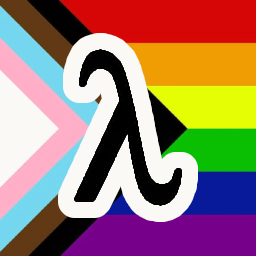Abstract:
A computer program describes not only the basic computations to be performed on input data, but also in which order and under which conditions to perform these computations. To express this sequencing of computations, programming language provide mechanisms called control structures. Since the “goto” jumps of early programming languages, many control structures have been deployed: conditionals, loops, procedures and functions, exceptions, iterators, coroutines, continuations… After an overview of these classic control structures and their historical context, the course develops a more modern approach of control viewed as an object that programs can manipulate, enabling programmers to define their own control structures. Started in the last century by early work on continuations and the associated control operators, this approach was recently renewed through the theory of algebraic effects and its applications to user-defined effects and effect handlers in languages such as OCaml 5.

